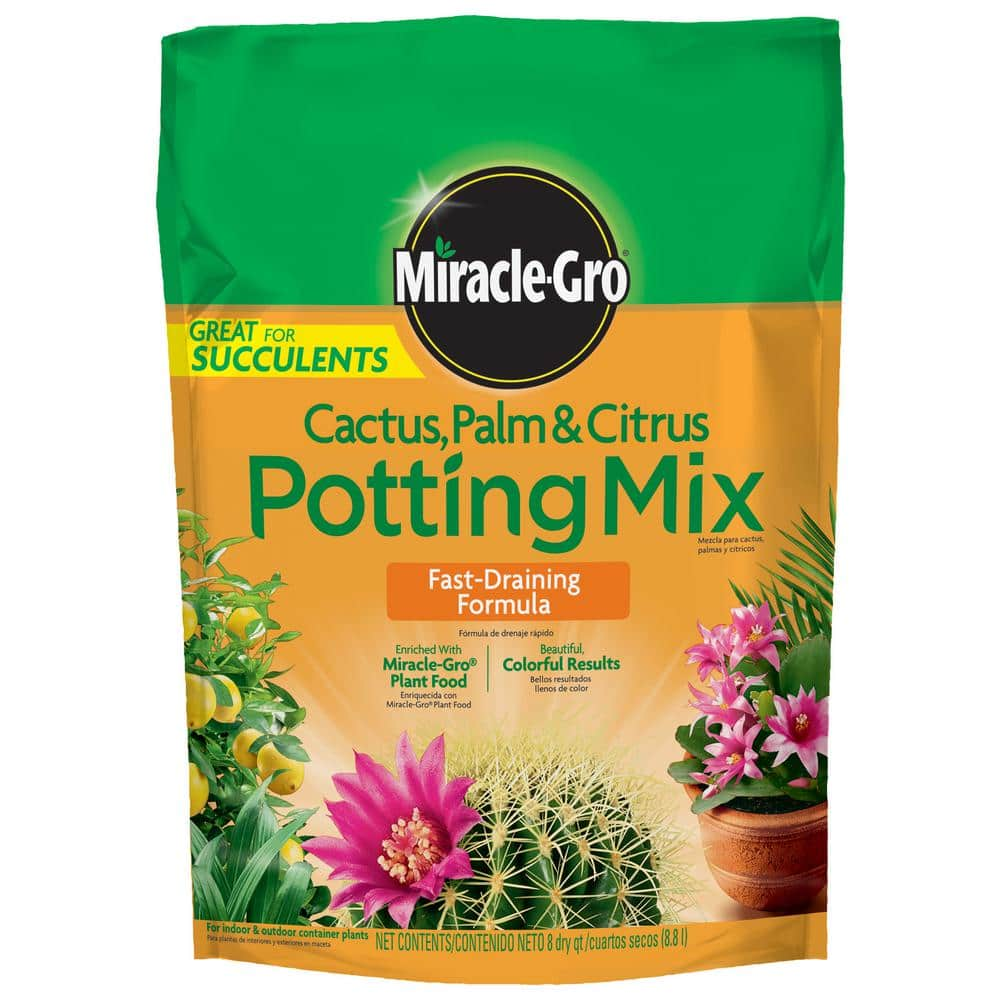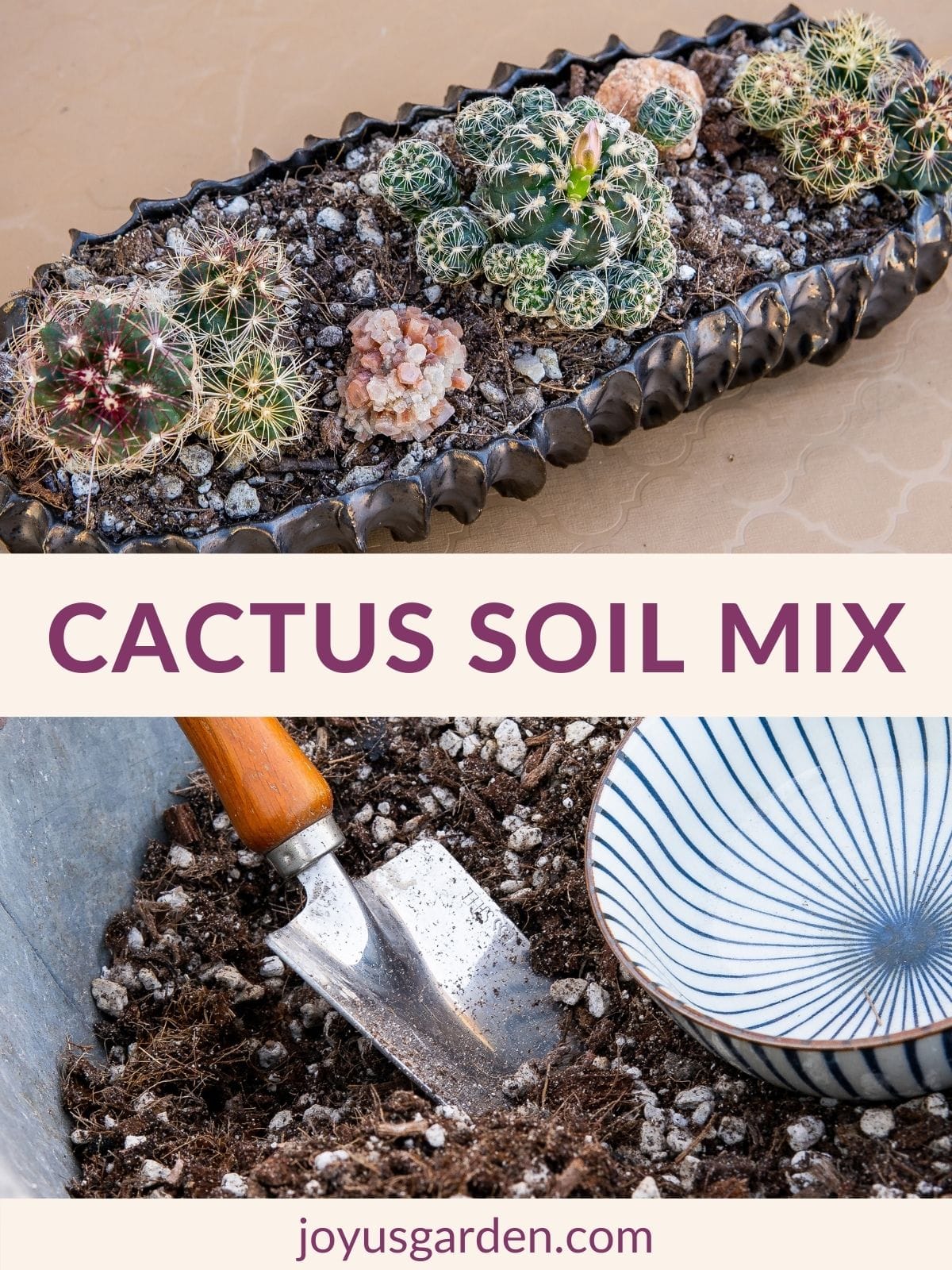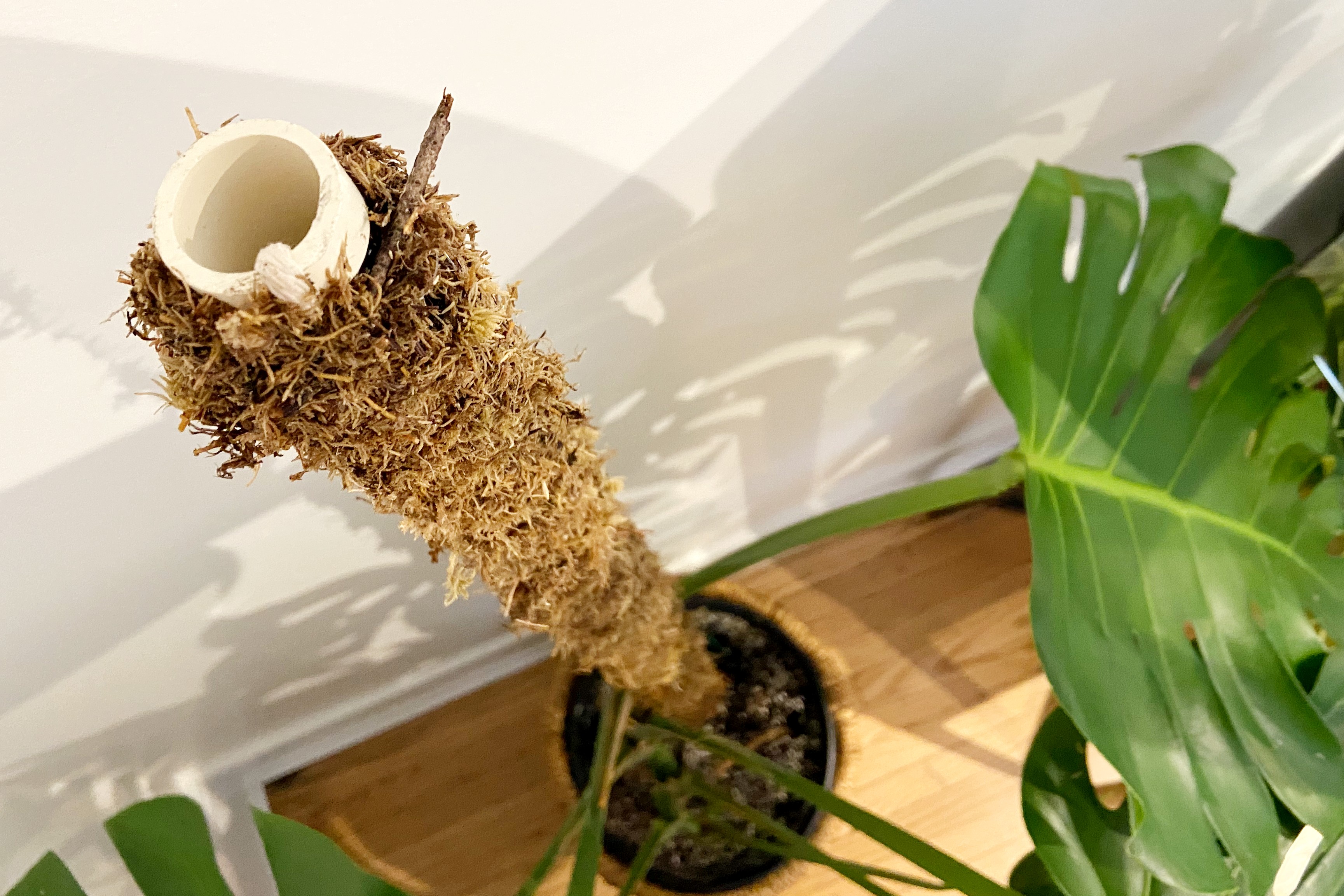The Ultimate Guide to Cactus Soil Mixes for Optimal Growth and Health

If you’ve ever knelt in the sun, trowel in hand and heart full of hope, only to watch your prized cactus wither into a ghost of its former self, you know: there’s an art—and a science—to what goes beneath those prickly spines. My own journey into the world of cactus soil is littered with failed experiments and delightful breakthroughs. The first time I repotted a golden barrel cactus, I watched it rot from the bottom up, leaves puckering like soggy lettuce. That heartbreak sent me on a mission—not just to keep cacti alive, but to make them thrive.

Welcome to your cactus soil master class: we’ll start at square one and build toward expert-level nuance—with stories, real-world numbers, sensory details, and pro tricks that took me years (and more than one compost bin funeral) to learn.
1. Cactus Soil Demystified: Why It’s NOT Just Dirt
Let’s set the stage with a vivid image: picture an Arizona desert after a thunderstorm—rain hammers down for thirty minutes, then vanishes. The ground? Gritty. Fast-draining. Within hours it’s dry again except in deep pockets where cacti anchor their roots.
Now compare that with typical houseplant soil—a dark sponge designed to cradle ferns and pothos in perpetual moisture. For cacti? That’s like strapping on galoshes and wading through quicksand.
Key insight: Cactus roots evolved not just to absorb water quickly, but to demand air—aeration is as vital as drainage.
Anatomy of Cactus Roots
- Shallow & wide: Ready to seize fleeting moisture.
- Breathe easy: Suffocate them and they’ll rot before you can say “succulent.”
Pro tip: If you press a handful of soil together and it stays clumped or muddy for more than ten seconds? It’s not cactus-ready.
2. Beginner Blueprint: Mixes That Won’t Fail You
When I first started out (back in 2016—before gritty mixes became Instagram-famous), I tried every hack I could find online: play sand from the kids’ aisle (mistake), builder’s gravel straight from the bag (full of dust), even shredded Styrofoam (don’t ask). It wasn’t until my third attempt that I found my goldilocks blend.
The Reliable Starter Recipe
- 1 part plain potting soil (no fertilizer or water crystals)
- 1 part coarse sand (think aquarium gravel size; avoid fine playground sand)
- 1 part pumice or perlite (pumice wins for weight & stability)
Optional: A sprinkle of horticultural charcoal for bonus odor control and pathogen defense.

How To Mix Like A Pro
- Sift everything! Use a mesh kitchen sieve—shake out fine particles so only chunky grit remains.
- Sterilize if using garden ingredients: Bake at 250°F/120°C for 30 minutes; your kitchen will smell earthy but it beats fungus gnats.
- Blend thoroughly: You want every scoop equally gritty—no dense pockets hiding at the bottom.
- Test it: Moisten slightly; squeeze in your palm—it should crumble instantly when poked.
Adjusting For Your Environment
- Dry climates: Add slightly more organic matter—maybe 10–20% extra potting soil—to help retain some moisture between infrequent waterings.
- Humid basements or rainy regions: Go heavier on pumice/perlite; aim for maximum breathability.
3. Elevate Your Game: Customizing By Species & Setting
This is where things get juicy—the kind of detail that separates casual collectors from true aficionados.
Desert Dwellers vs Jungle Cacti
- Desert types (Echinopsis, Mammillaria): Love ultra-gritty, low-organic blends.
- Try: 50% pumice/gravel + 30% coarse sand + 20% potting soil
- Epiphytes (Christmas/Easter/Orchid cacti): Evolved above ground among mossy branches; they crave air and organic richness.
- Try: Equal parts orchid bark + peat-free compost + perlite
Unexpected twist: Some jungle cacti hate peat moss! Coir or leaf mold often works better for long-term health.
Container Choice Matters
I once lost four beautiful Astrophytums because I potted them in glazed ceramic without enough drainage holes—the mix was perfect but water pooled anyway! Stick to terra cotta or plastic pots drilled with multiple holes; use mesh tape over holes if you’re worried about losing mix during watering.
Seasonal Tweaks
In winter dormancy:
- Water less—or not at all!
- Blend can be even grittier since evaporation slows down indoors.
Seedlings?
- Start with more organic material—they need gentle nutrients until established roots can handle drier conditions.
4. Advanced Tactics: Troubleshooting & Preventing Common Pitfalls
Mistakes are inevitable—even experts lose plants sometimes! Here are my hard-won lessons:
Classic Mistake #1: Rich Potting Soil Alone
Result? Soggy death trap.
How to fix: Always cut commercial mixes with equal parts grit before trusting your favorite Gymnocalycium to its embrace!
Classic Mistake #2: Overusing Fine Sand
Lesson learned after my “cement block” disaster circa spring 2019—roots suffocated within days.
Fix: Only use coarse sand/gravel; anything below ~2mm diameter turns mix into concrete when wet!
Classic Mistake #3: Planting Too Deep In Wet Soil
I’ve seen otherwise healthy cacti collapse within days this way. Dry both plant roots and new mix before re-potting—trust me!

Classic Mistake #4: Forgetting Indoor vs Outdoor Dynamics
Indoors = less evaporation = higher risk of overwatering/rot.
My rule? Indoors gets +10% inorganic amendment compared to outdoor setups—even if it feels excessive!
Recovery Plan If Disaster Strikes:
- Unpot gently—check root condition.
- Trim away any mushy/brown sections with sterile scissors.
- Let wounds callous overnight before replanting in fresh DRY mix.
- Wait at least five days before first light watering!
5. Tools Of The Trade (& Where To Find The Good Stuff)
When mixing soils every season for dozens of pots, efficiency matters:
Must-haves
- Dedicated mixing tub/bin (old storage tote works wonders)
- Sturdy scoop/trowel—or even an empty yogurt container!
- Mesh sieve (~5mm openings) for sifting out fines/dust
- Gloves with rubber palms—protects both hands and spiny friends
Where do I source supplies?
- Local hardware store sand/gravel—but always sift!
- Pumice/perlite via hydroponics shops (“Growstone” and “Bonsai Jack” are favorites)
- Orchid bark/coir at specialty nurseries or online retailers
If you’re serious about going big? Bulk orders split between local plant club members save money and ensure everyone gets top-quality grit without inflated shipping fees.
6. Real-Life Scenarios From The Enthusiast's Logbook
Seattle Apartment Survival Story:
After watching three beloved Notocactus turn mushy during endless March rainstorms, I switched up my blend:
- Store-bought “cactus mix”—only one-third by volume!
- Two-thirds combined pumice + aquarium gravel sieved free of dust
- Topdressed with decorative stones as gnat deterrent
The result? No more mysterious rot—even during months when sunlight barely peeks through thick clouds!
Phoenix Balcony Experiment:
Sun-baked Opuntias needed something different:
- Equal parts decomposed granite + nursery-grade sandy loam + builder’s sand
- Dries lightning-fast—in July heatwaves I’d water twice weekly with zero fear
Plants plumped up beautifully AND survived two freak monsoon storms without issue because excess water never lingered long enough to damage roots.
Epiphytic Jungle Rescue:
My first rhipsalis shriveled when treated like a desert dweller! Now my go-to blend is half coco coir, half chunky orchid bark plus just enough perlite for bounce—not dryness—and their stems have never looked better suspended from kitchen skylights year-round.
7. Quick Reference Table – Diagnosing Trouble Like An Expert
| Symptom | Suspect Cause | Proven Solution |
|---|---|---|
| Mushy base/root | Excess organics / poor drainage | Repot dry into high-grit blend |
| Brown tips | Salt buildup / under-watering | Flush thoroughly / adjust schedule |
| Persistent gnats | Wet organics/fungus gnat eggs | Oven-bake mix / add top gravel |
| White crust | Hard tap water salts | Switch source / rinse regularly |
| Plant topples easily | Too stony/no support | Add small % organic component |

8. From Novice To Ninja – Your Stepwise Master Plan
Here’s how you move beyond guesswork:
- Identify species needs: Desert dweller or jungle epiphyte?
- Source ingredients locally: Freshness trumps distant brands every time!
- Mix small test batch: Adjust ratios by feel until texture is airy-yet-cohesive when squeezed lightly dampened.
- Pot shallowly: Roots should spread sideways—not plunge deep like trees!
- Water test: Pour through sample cup; aim for full drain-out within seconds—not minutes!
- Observe drying times carefully: Log date/time watered vs when top feels bone-dry again—that interval shapes future tweaks.
- Tweak seasonally & record outcomes: Each repot builds your personal knowledge bank; jot notes on what worked best by month/year/species!
9. Beyond Recipes – True Mastery Awaits
Expert growers continually experiment:
- Try propagating offsets/cuttings using different blends each cycle—track which yields faster rooting/happier growth!
- Join plant forums (“r/cactus” on Reddit is gold); swap stories & troubleshoot issues unique to your microclimate.
- Visit botanical gardens/cactariums if possible—see mature specimens thriving long-term in professional mixes!
- Even try “soil-less” experiments—a handful of volcanic rock alone under close observation can reveal much about individual species’ preferences.
And remember—the quest isn’t about following rigid recipes forever...it’s about understanding why each ingredient matters until YOU see patterns nobody else has noticed yet.
Imagine walking past your windowsill collection six months from now—all plump-bodied, vibrant-spined wonders perched above mixes YOU built by hand and intuition.
That joy? That confidence? It comes layer by layer.
So grab those gloves…get gritty…and let each new pot become another chapter in your cactus-growing legend.
Quick FAQ Recap For Future Reference:
Can I get away with pure sand/gravel?
Short-term yes—but most species appreciate trace organics/micronutrients long-term for robust growth.
How often do I refresh old soil?
Every two years minimum—even slow-growers benefit as mineral/salt buildup eventually stresses delicate feeder roots.
This isn’t just another guide—it’s YOUR passport into the living geology beneath each spine-laden friend.
Take these lessons forward—and may every new batch feel more intuitive than the last!
Happy planting—and may all your cacti stand tall atop perfectly matched soils built by YOU!



